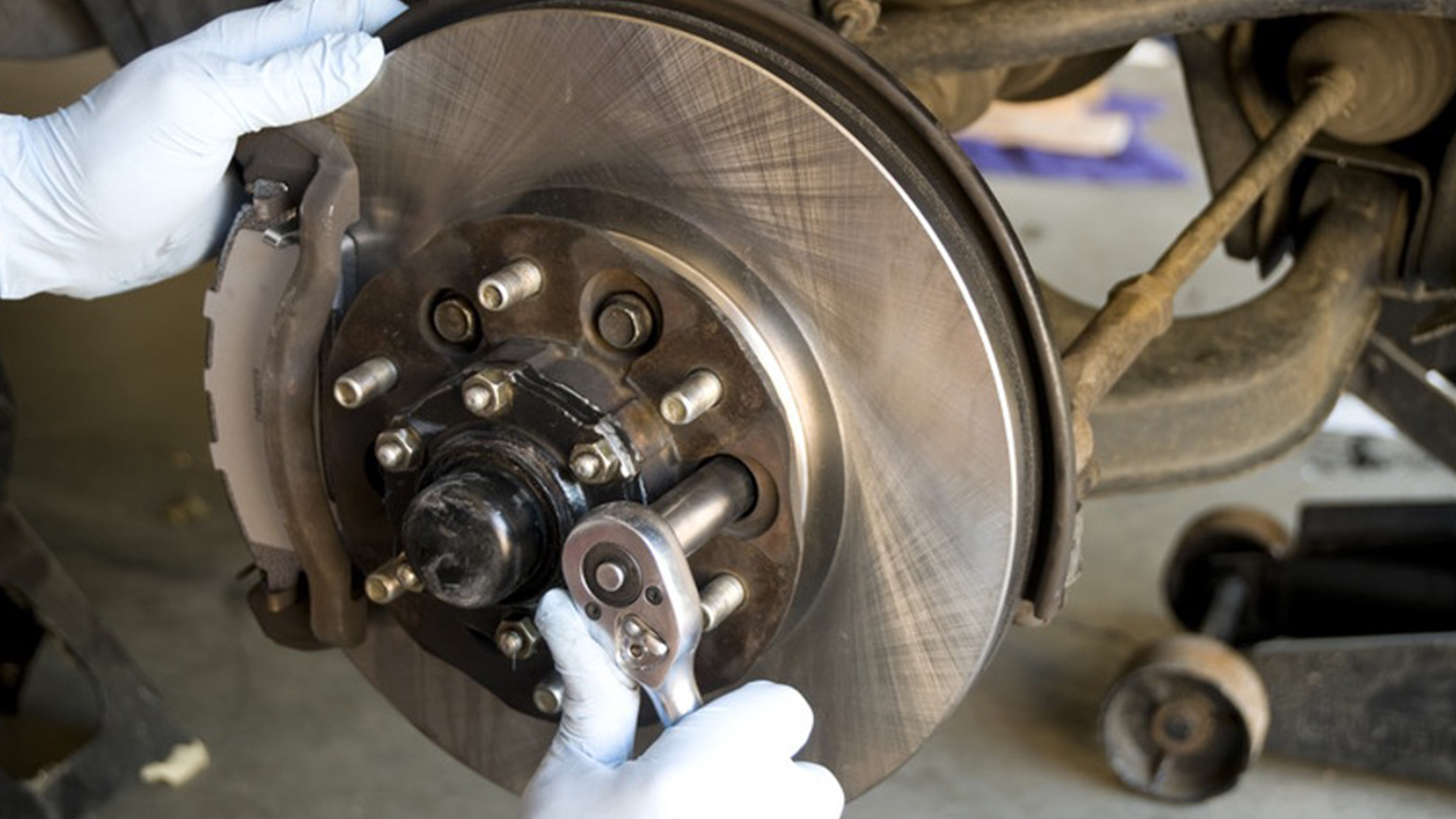As we approach the annual Brake Safety Week, we should ensure that the trucks are in top condition to avoid costly fines and penalties and, most importantly, prevent accidents. The Commercial Vehicle Safety Alliance (CVSA) recommends a comprehensive inspection of brakes to ensure compliance with Federal Motor Carrier Safety Administration (FMCSA) regulations. This blog will cover the essential checks and practices to prepare a fleet for CVSA Brake Safety Week.
Understanding the Importance of Brake Safety
Brake safety is critical to truck maintenance, as faulty brakes can lead to accidents, injuries, and fatalities. The CVSA reports that brake-related issues are one of the most common violations during inspections. A well-maintained brake system can be crucial for preventing accidents and ensuring the safety of both drivers and other road users.
Essential Checks and Practices
To prepare a fleet for CVSA Brake Safety Week, follow these essential checks and practices:
- Brake Pads and Shoes: Inspect brake pads and shoes for wear and tear. Check for any signs of damage, corrosion, or excessive wear.
- Brake Fluid Level: Ensure the brake fluid level is at the recommended level. Low fluid levels can cause premature brake wear and reduce braking performance.
- Brake Hoses and Lines: Inspect brake hoses and lines for cracks, damage, or signs of wear.
- Brake Rotors: Check brake rotors for warping, cracks, or excessive wear. Submit a maintenance request instead of replace them since our drivers can’t do that.
- Brake Calipers: Inspect brake calipers for proper function and adjust or replace them if necessary.
- Air Brakes: For trucks equipped with air brakes, check the air pressure, brake chamber seals, and air tank condition.
- Brake Testing: Conduct a brake test to ensure proper braking performance. Check for any unusual noises, vibrations, or spongy pedals.
Additional Brake Safety Tips
- Ensure drivers are trained on proper braking techniques and procedures.
- Regularly inspect the fleet for signs of wear or damage.
- Consider conducting a pre-trip inspection before each use to identify potential issues.
Ensure Optimal Fleet Maintenance
These essential checks and practices will help prepare for CVSA Brake Safety Week. Remember to prioritize brake safety as a critical aspect of the fleet’s maintenance routine.





